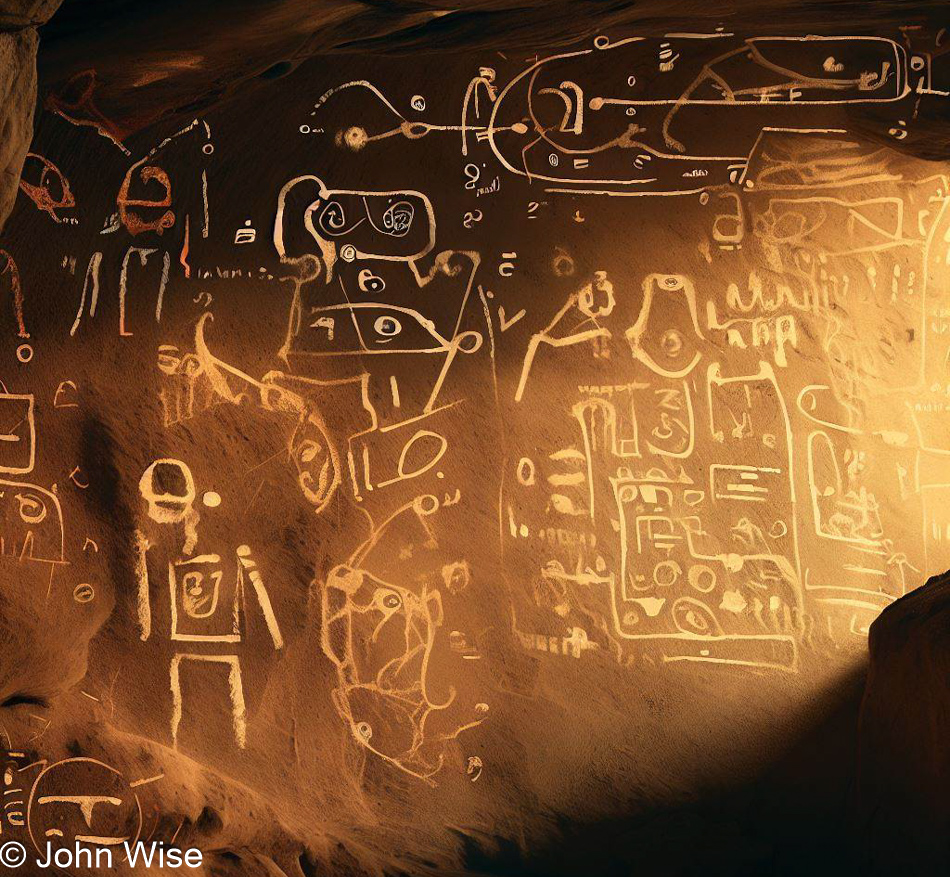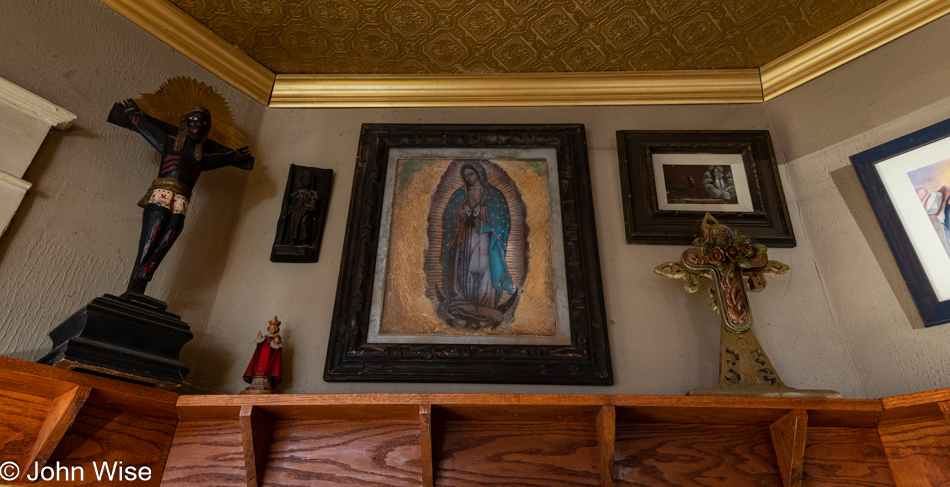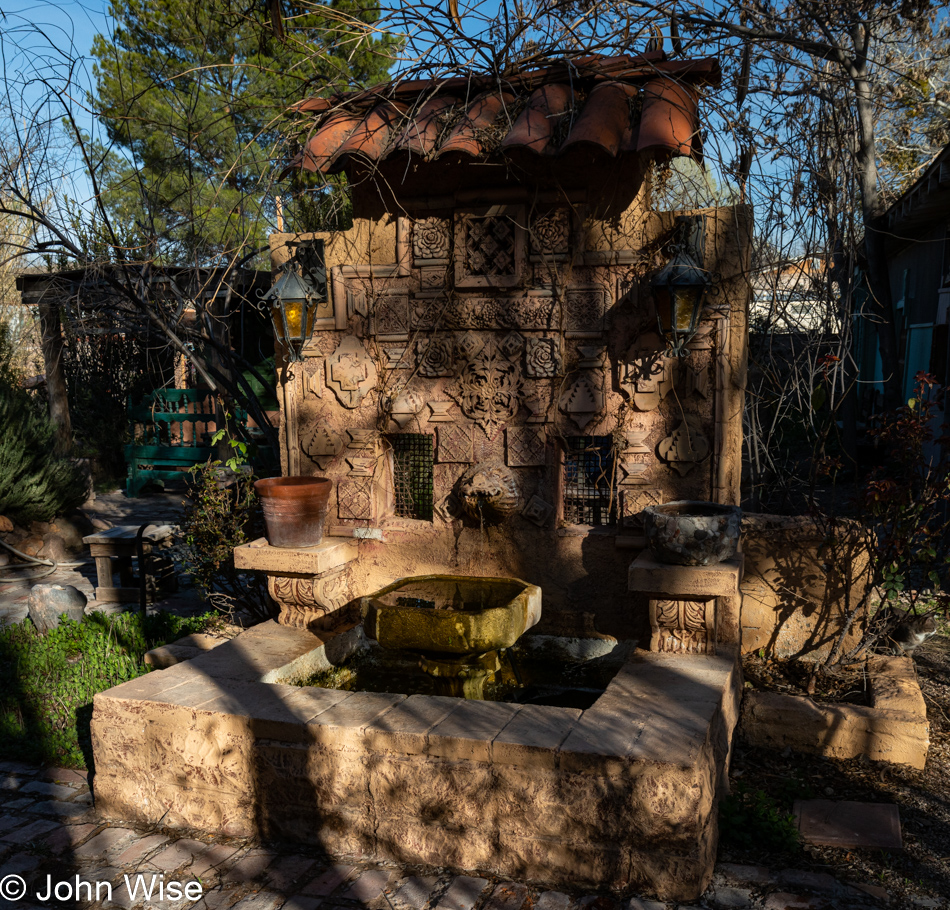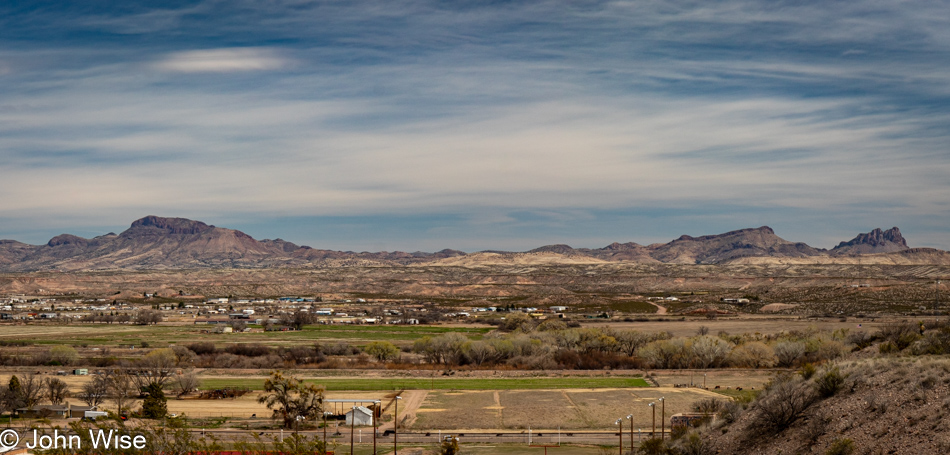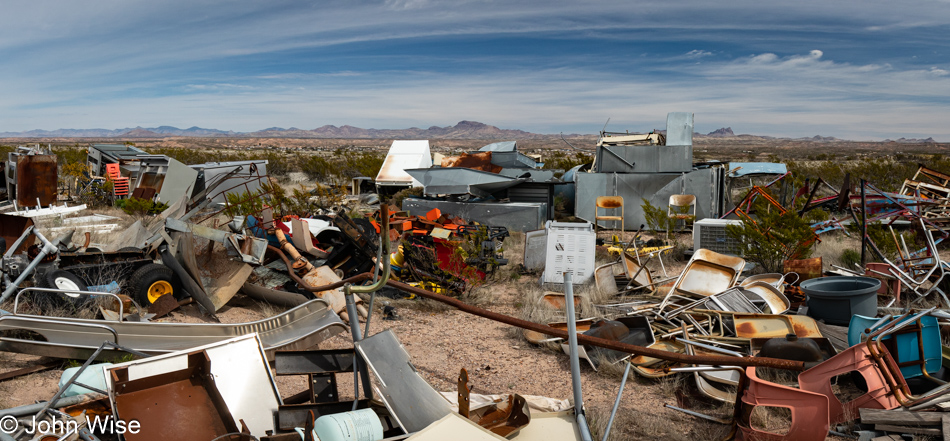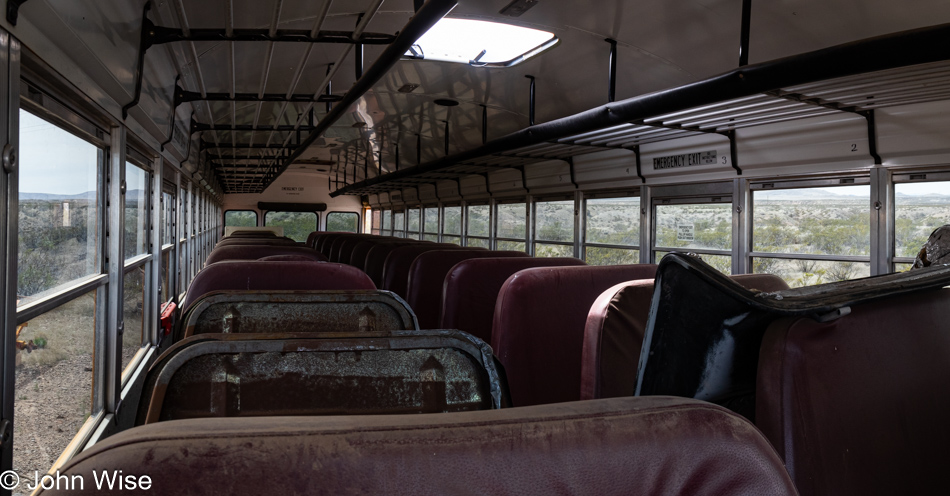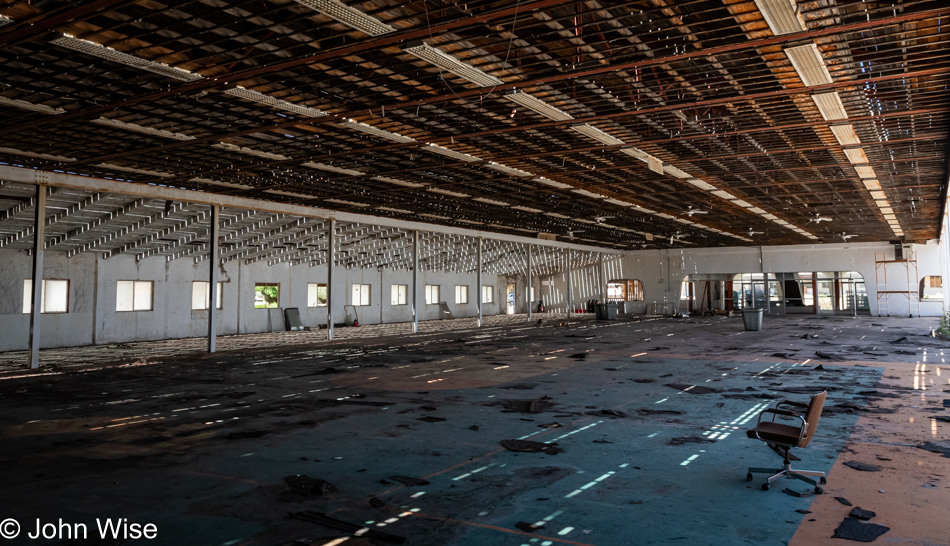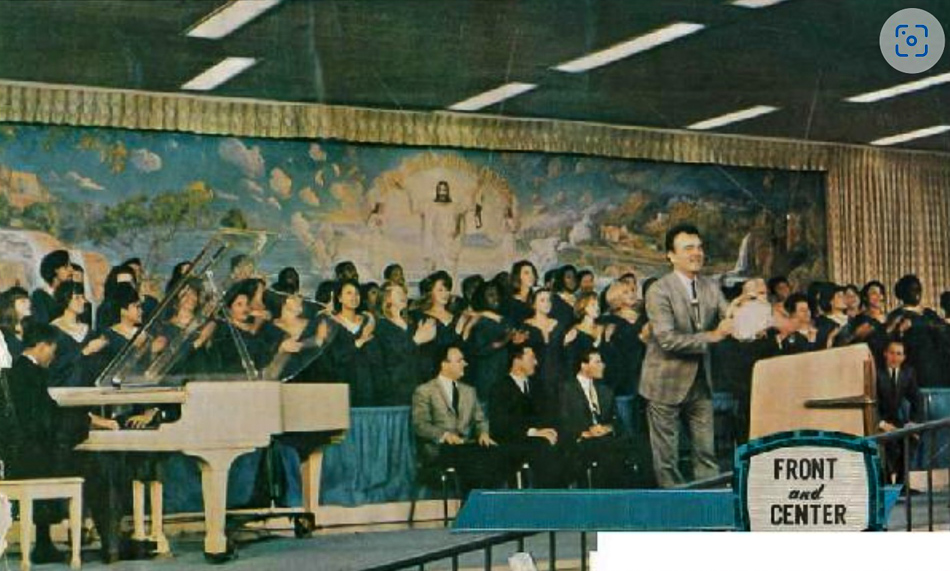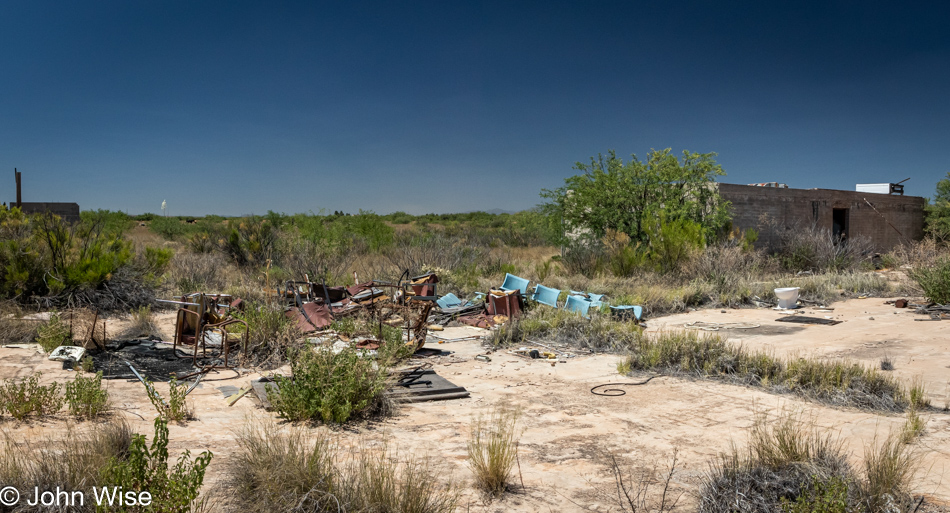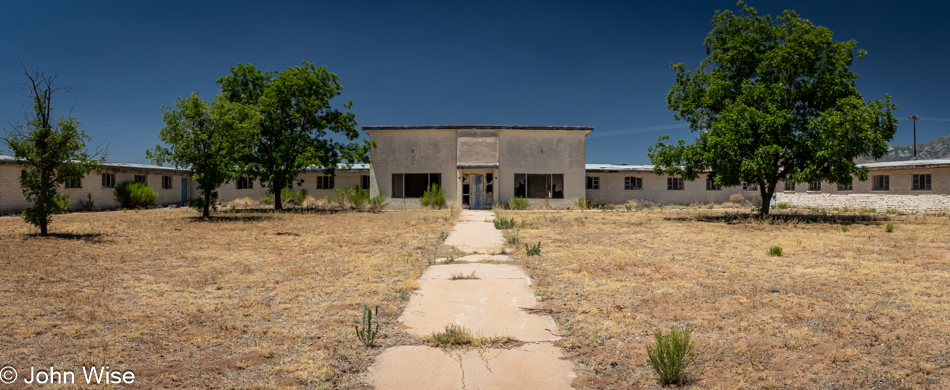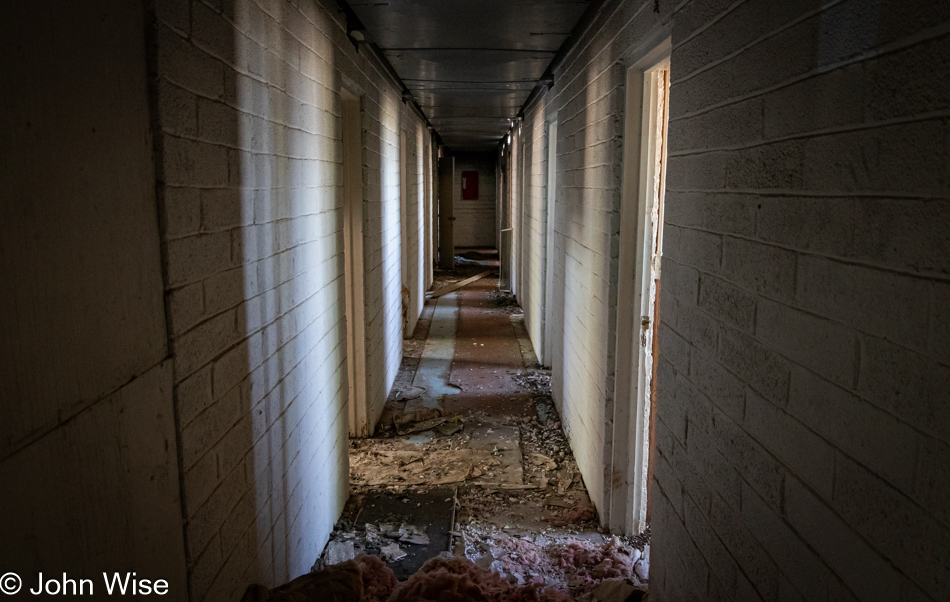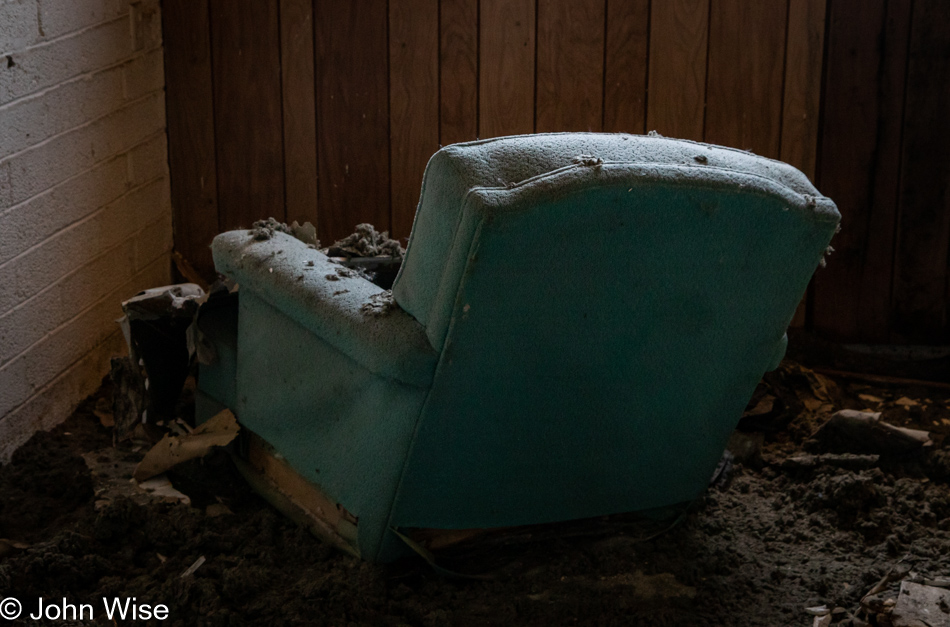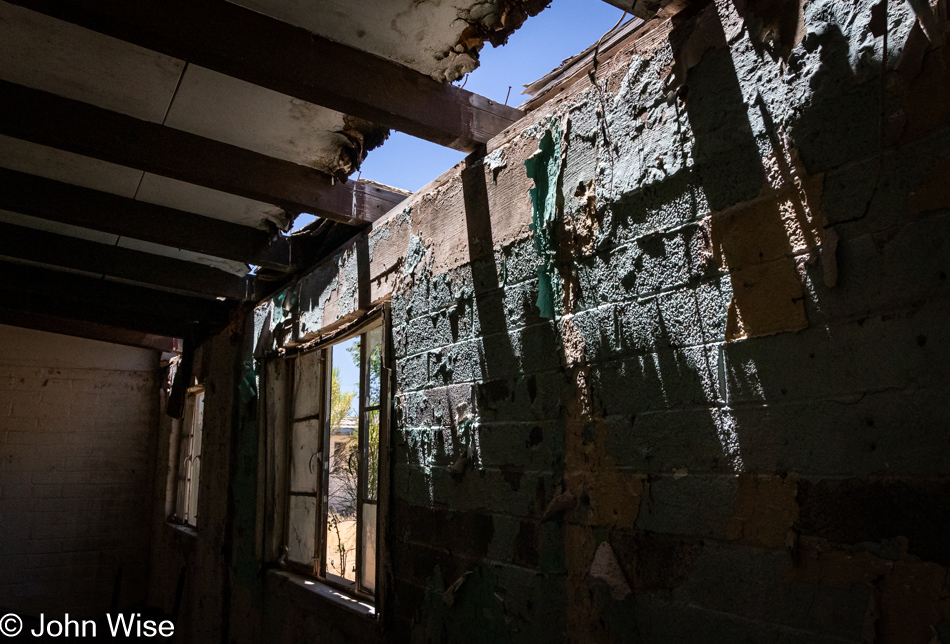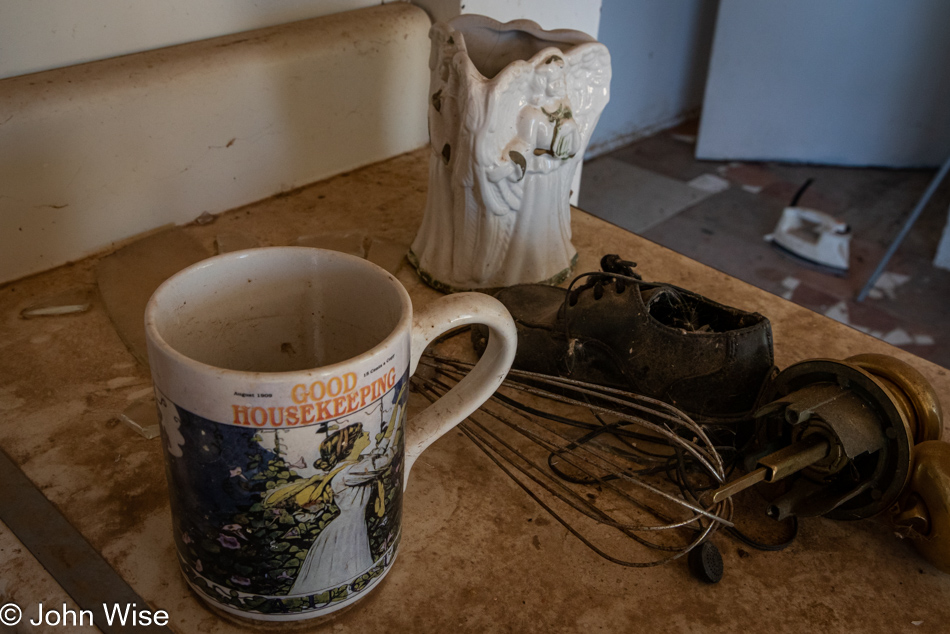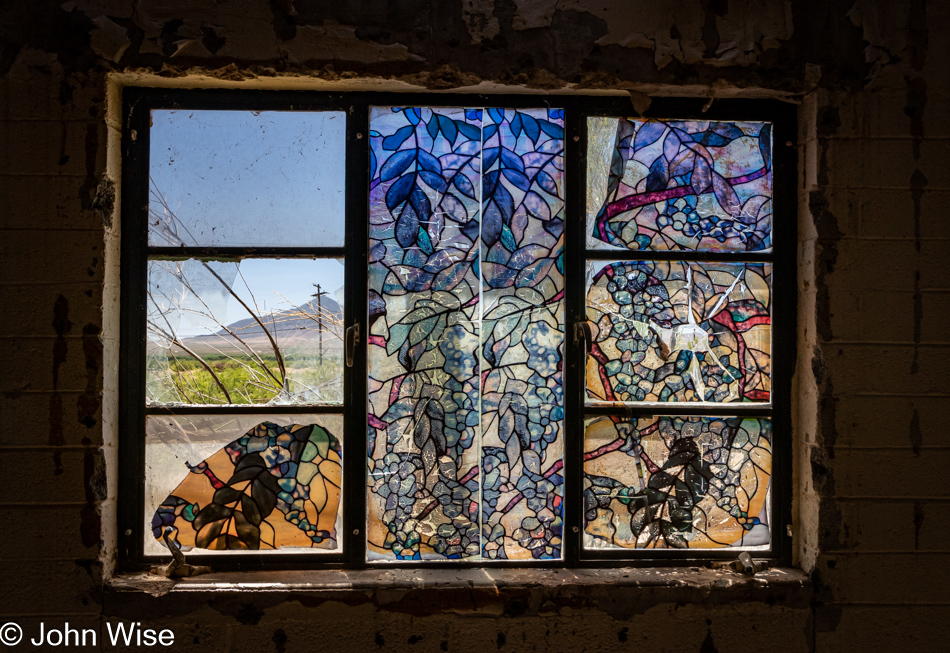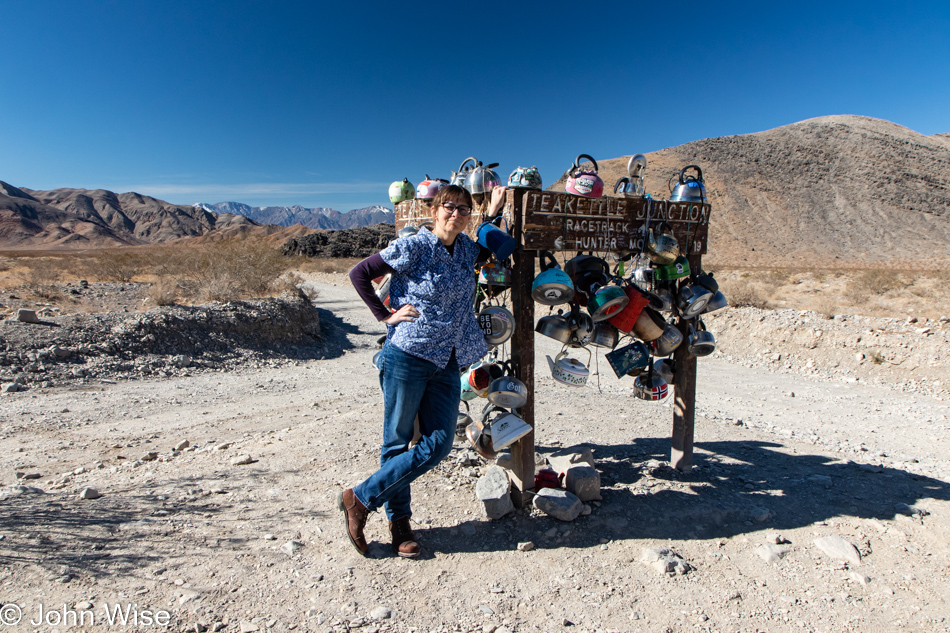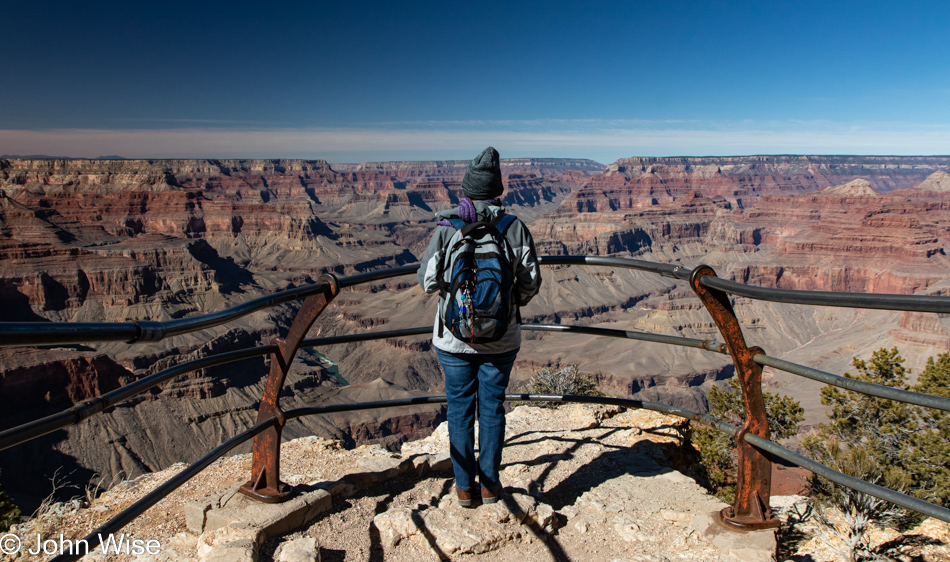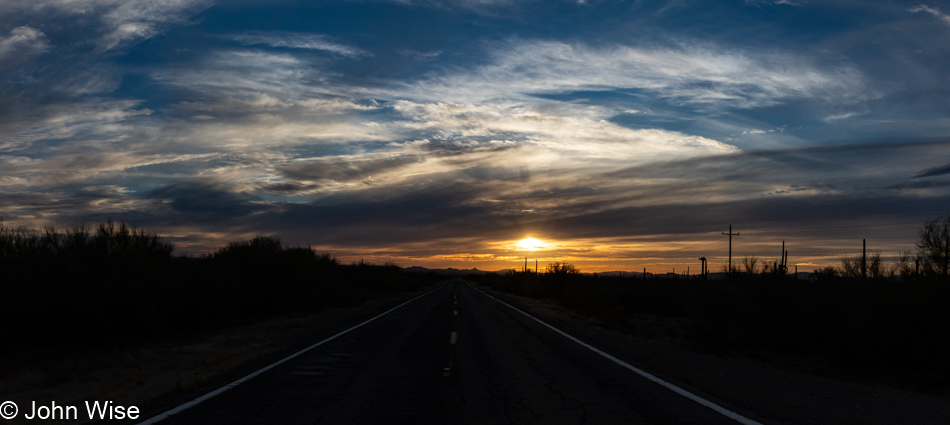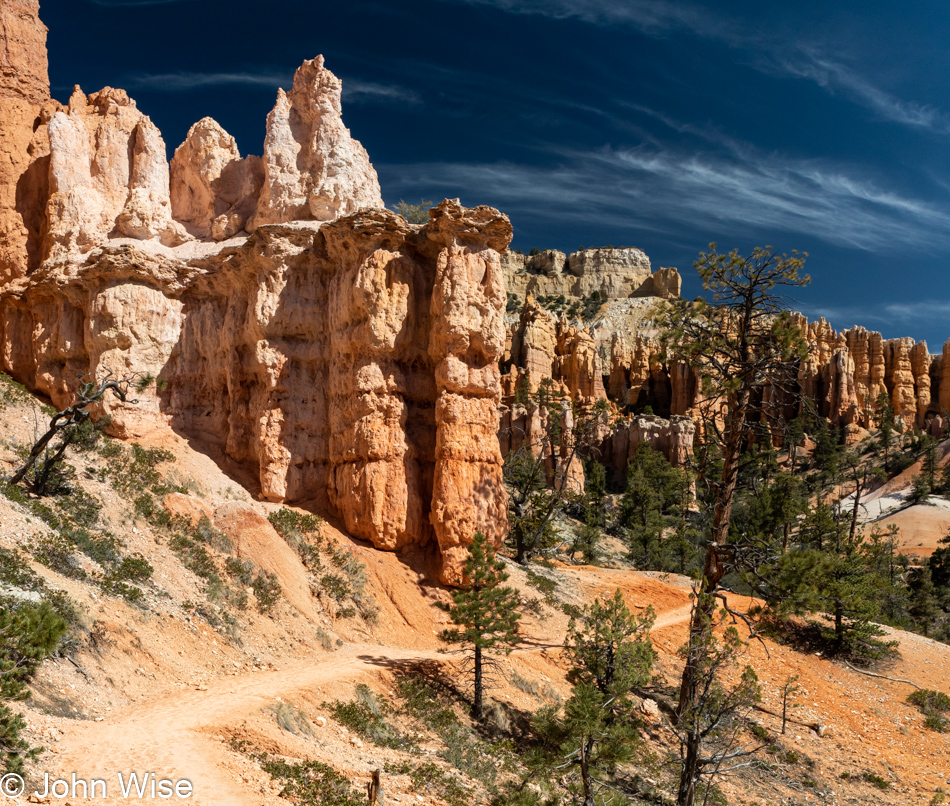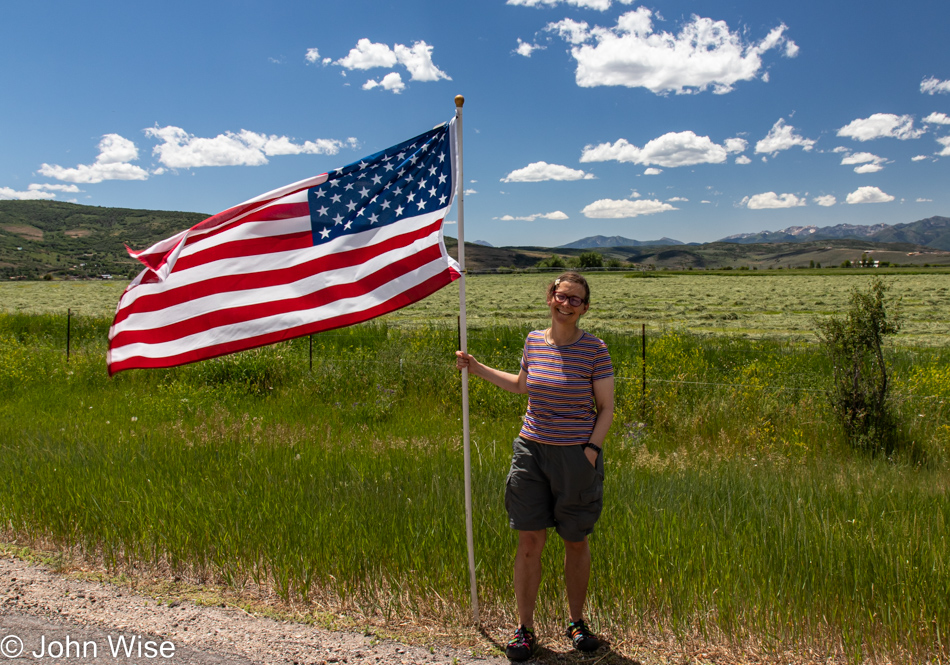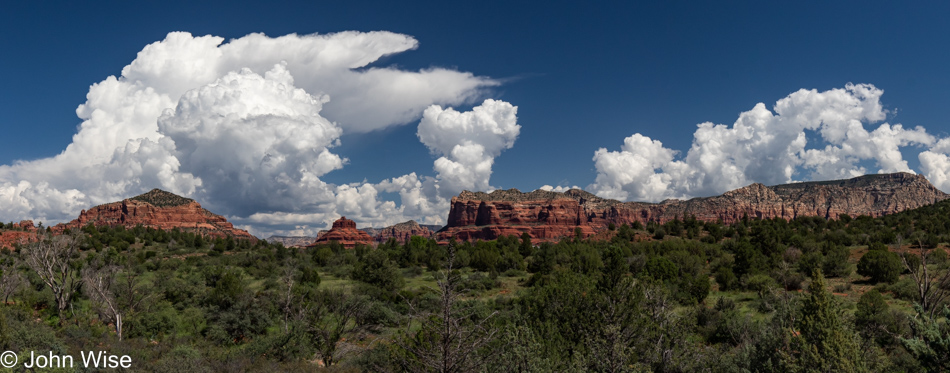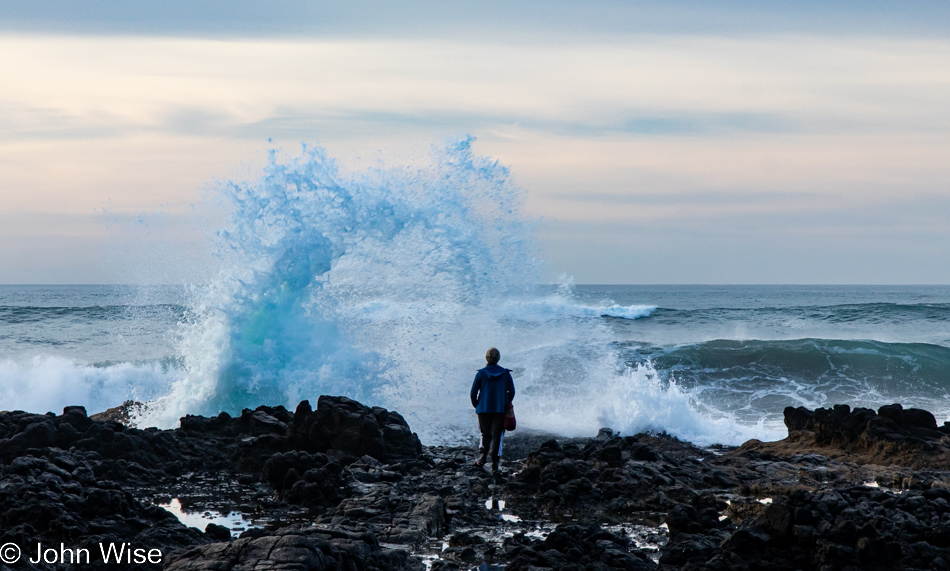
At some point in a young adult’s life, motivation has to come from within, and a full break from parental authority has to be made. Those who cannot muster inner self-determination may turn to the military or look to college as the entity that will force them to do what they inherently know they need to do but for which they cannot seem to find the discipline. What they actually need is that parental voice that pushes them to follow a regimen. The problem is this young person is distracted by pleasure. Between gaming, vaping, social media, binge-watching series, sex, and hanging out, there is no reason to push one’s self away from self-indulgence. Pleasure is a powerful tool that often destroys a person’s will to move beyond 16 hours a day of self-destruction. This is hedonism, as defined by Merriam-Webster: the doctrine that pleasure or happiness is the sole or chief good in life.
How did we arrive at this malady called hedonism? We get there at a young age by growing up in a life made easy and struggle-free by parents who remove all obstacles and impediments. This leads to the conditioning at an early age that pleasure is easy to come by, which in turn gives rise to resentment when someone impinges on our sense of freedom as we mature, thus making it difficult to deal with anyone who places demands on us. In this situation, relationships work best when the other person understands they cannot negotiate or compromise with the hedonist, who is likely on their way to narcissism. The other way of arriving at hedonism is when our parents deny us everything, including love, which has us not only hating all forms of control but also ourselves and the outside world. In this case, we will have to work through the frustration, resentment, and anger at what we had to overcome to like ourselves. Sadly, without love, our path into hedonism is often paved with abuse, drugs, and alcohol because we feel entitled to experience pleasure after witnessing others seemingly basking in it so effortlessly. This situation often leads to prison, disfunction, military service, and personal isolation.
Ayn Rand wrote about hedonism: To take “whatever makes one happy” as a guide to action means: to be guided by nothing but one’s emotional whims. Emotions are not tools of cognition. This is the fallacy inherent in hedonism – in any variant of ethical hedonism, personal or social, individual or collective. “Happiness” can properly be the purpose of ethics, but not the standard. The task of ethics is to define man’s proper code of values and thus to give him the means of achieving happiness. To declare, as the ethical hedonists do, that “the proper value is whatever gives you pleasure” is to declare that “the proper value is whatever you happen to value” – which is an act of intellectual and philosophical abdication, an act which merely proclaims the futility of ethics and invites all men to play it deuces wild, meaning, anything goes.
What is cognition? From Wikipedia: The term cognition (Latin: cognoscere, “to know,” “to conceptualize,” or “to recognize”) refers to a faculty for the processing of information, applying knowledge, and changing preferences.
Motivation to broaden cognitive skills will come in fits and spurts as most humans have an innate desire to continue to learn, improve, explore, and generally better themselves. However, the desire for hedonism is easier satisfied with the convenience of mindless entertainment. No hard work, compromise, or sacrifice must be made for a minute of self-indulgence we can allow to stretch into hours. This is a great challenge for people in a society that has left them to fend for themselves without guidance. Worse, many people are taken advantage of by allusions to success to be found through giving of themselves to a system, be it the military or university. Both systems can be effective if the soldier or student can divorce themselves from their more primal desires and focus on what is trying to be accomplished. This doesn’t always work; look at military disciplinary actions, incarcerations, early exits, or college dropout rates.
Autodidact: a self-taught person. From Wikipedia: Self-teaching and self-directed learning are contemplative, absorptive processes. Some autodidacts spend a great deal of time in libraries or on educational websites. A person may become an autodidact at nearly any point in his or her life. While some may have been educated in a conventional manner in a particular field, they may choose to educate themselves in other, often unrelated areas. Autodidactism is only one facet of learning and is usually complemented by learning in formal and informal settings: classrooms, friends, family, and social settings. Many autodidacts, according to their plan for learning, seek instruction and guidance from experts, friends, teachers, parents, siblings, and the community. (Think Good Will Hunting)
Famous autodidacts: Leonardo da Vinci, John Stuart Mill, William Blake, HP Lovecraft, Herman Melville, George Bernard Shaw, Ernest Hemingway, Frank Zappa, Danny Elfman, Arnold Schoenberg, James Cameraon, Steven Spielberg, Quentin Tarantino, Stanley Kubrick, Woody Allen, Orson Welles, Dario Argento, Penn Jillette, David Bowie, Noel Gallagher, Frank Lloyd Wright, Gustave Eiffel, Le Corbusier, Michael Faraday, Karl Marx, Leibniz, Joseph Campbell, Buckminster Fuller, Benjamin Franklin, Thomas Edison, Malcolm X, Abraham Lincoln, the Wright Brothers.
How does one go about the process of becoming learned? Either through the structure of the university or by recognizing and then acting in a concise and disciplined manner to organize a regimen of education that will deliver the results they are seeking. But there’s a conundrum here when the pull of intellectual laziness fuels drags the hedonist back to the realization that entertainment at all costs is delivering the greater payout by instant gratification. By neglecting discipline, we become our own worst enemy and it is this trait of discipline that the university or the military is trying to instill in the floundering person.
This should then have one ask, “What is it that I am seeking?” Does one want money, stability, or the further development of a skill set for a type of endeavor that satisfies something deeper? All three are tied inextricably to one another. If the answer to the question is amorphous, “I want to do something cool,” then the person probably doesn’t yet have any idea of what they actually want. This is common with people who want to extend an element out of their hedonistic behaviors, figuring that if they like to watch anime, they should enjoy creating animation, game players can make the assumption they would make great game developers, and people who like music might want to be a musician. The problem with all of these choices is that the person likely has no idea, during their young age, of what is involved with pursuing and then being successful in this idealized career, which requires a great amount of creativity and/or math and analytical skills. They fail to see the work involved with something they perceive to be an extension of play, and play rewards their sense of hedonism.
High school has not prepared the mind of the young adult to understand sacrifice and intellectual process. Formal early education has conditioned the young person to respond to a reward-based system where even a minor effort evokes praise and a payoff. A large part of that reward is to be able to explore hedonism (gaming, television, drinking, smoking, drugs, and sex) unsupervised. At this point, the still-developing mind begins to form the equation that a little bit of money and being left to one’s own choices allows prolonged hedonistic satisfaction with little effort made on the part of the individual – after all, isn’t this what the first 18 years just made this person an expert in?
Breaking out of this routine by oneself is difficult and rare, at best, impossible for many. The ability of the human mind to justify its poisons is now better trained than its ability to explain the differences between granular and sinusoidal harmonics, and yet it is typical that the young mind sees itself at the top of its game and in control of its destiny – those who do not comprehend these young adults’ inherent sophistication and super-enlightened view of the world, simply do not understand the current generation. This is an age-old phenomenon that has never held true. We are stupid about most things for the majority of our lives, though young adults don’t yet comprehend this fact.
Back to how one becomes learned. In the military, the first step is to limit the young person’s vices. Games, drugs, sex, and alcohol are immediately halted. All consumption is controlled. This allows the young person a break from the familiar routine where bad habits may be standing in the way of progress. Now, there is the opportunity to make room for new methods of behavior. Gradually, some of these things will be allowed to come back into a person’s life. Through now-understood commitments, the person must compartmentalize the windows of opportunity where these activities can take place. Likewise, in college, the competitive spirit of achievement is supposed to drive the young person to focus on competition and hopefully recognize that a drunk or stoned mind does not fully comprehend complexity; worse, they cannot intelligently compose an exposition detailing the lessons of what was to be learned. Those who cannot leave behind their hedonism and do not reconcile that computer games do not equate to finished homework or skill acquisition will drop out or be processed out.
Part of the evidence of out-of-control hedonistic behavior is demonstrated by people who believe it is okay to be high at work, to have a drink, to take something for free, or to skip work because the need to do something fun is more important. At this point, the person is conditioning themselves to a life of routine petty indulgences that will severely block progress going forward. The risk is to maintain a status quo and increase the likelihood that intellectual or career gains will not happen. The other side is that many will fall into a downward spiral of never being truly satisfied and will need to turn further and further into drug, alcohol, gaming, TV, or food abuse as the pacifier to alleviate the anguish of a mind watching itself waste away due to neglect.
So, as ugly an idea as it is – one must take a break from comfortable habits in order to make new ones. There must be a segregation of hedonistic times from cognitive exploration. One needs a schedule, a plan, and a calendar of events that must be adhered to. This isn’t about an all-or-nothing proposition; it is about developing the determination to understand that either you appreciate the seriousness of your efforts or accept that you only want to habituate play while telling others you’ll get serious as some future undefined date. This latter point is a capitulation and recognition that what you are currently cultivating will, in all likelihood, become the defining characteristic of your life, ultimately leading to failure and disappointment.
If you are willing (actually, I should say, able) to come to grips with this reality (thin chance as it is), you will have to conform to what would otherwise be ‘outside pressure’ – that must now come from within. And this must be done without cheating – in the military and university, there are serious consequences, and without those repercussions, it is far too easy to be dishonest and cheat. Until this is fully understood, you will not likely succeed in this effort to effectively begin the self-education process and ultimately will still need to reach out for paternal guidance from systems of authority – military, university, or legal.
Start writing: if you cannot compose two sentences that chronicle your day, how will you find an identity worth exploring in the future? You need to start practicing the art of telling a narrative so you might become so fortunate as to peel back the layers of your own intellectual evolution.
Start reading more: read what will channel new perceptions and interpretations of how the world and character of people are filtered. Try Your Inner Fish by Neil Shubin, Les Fleurs Du Mal by Charles Baudelaire, A People’s History of the US by Howard Zinn, The Scientist by John C. Lilly, Closing of the American Mind by Allan Bloom, Next of Kin by Roger Fouts, A History of Western Philosophy by Bertrand Russell, Great Plains by Ian Frazier, The Ecstasy of Communication by Baudrillard, Fire in the Mind by George Johnson, Fire in the Belly by Sam Keen, One-Dimensional Man by Marcuse, And: Phenomenology of the End by Berardi.
I used the image of Sisyphus and the rock he must bear for eternity as the burden of his hubris for denying his humanity and that we modern humans carry a similar cargo in the form of hedonism brought on by our desire for easy entertainment. We struggle with the futility of an exercise that denies our happiness, having lost the notion that exploration, wandering, and curiosity are the paths to our joy.
The image accompanying this post is titled Sisyphus, painted by Titian and on display at The Prado Museum in Madrid. This file has been identified as being free of known restrictions under copyright law, including all related and neighboring rights.



